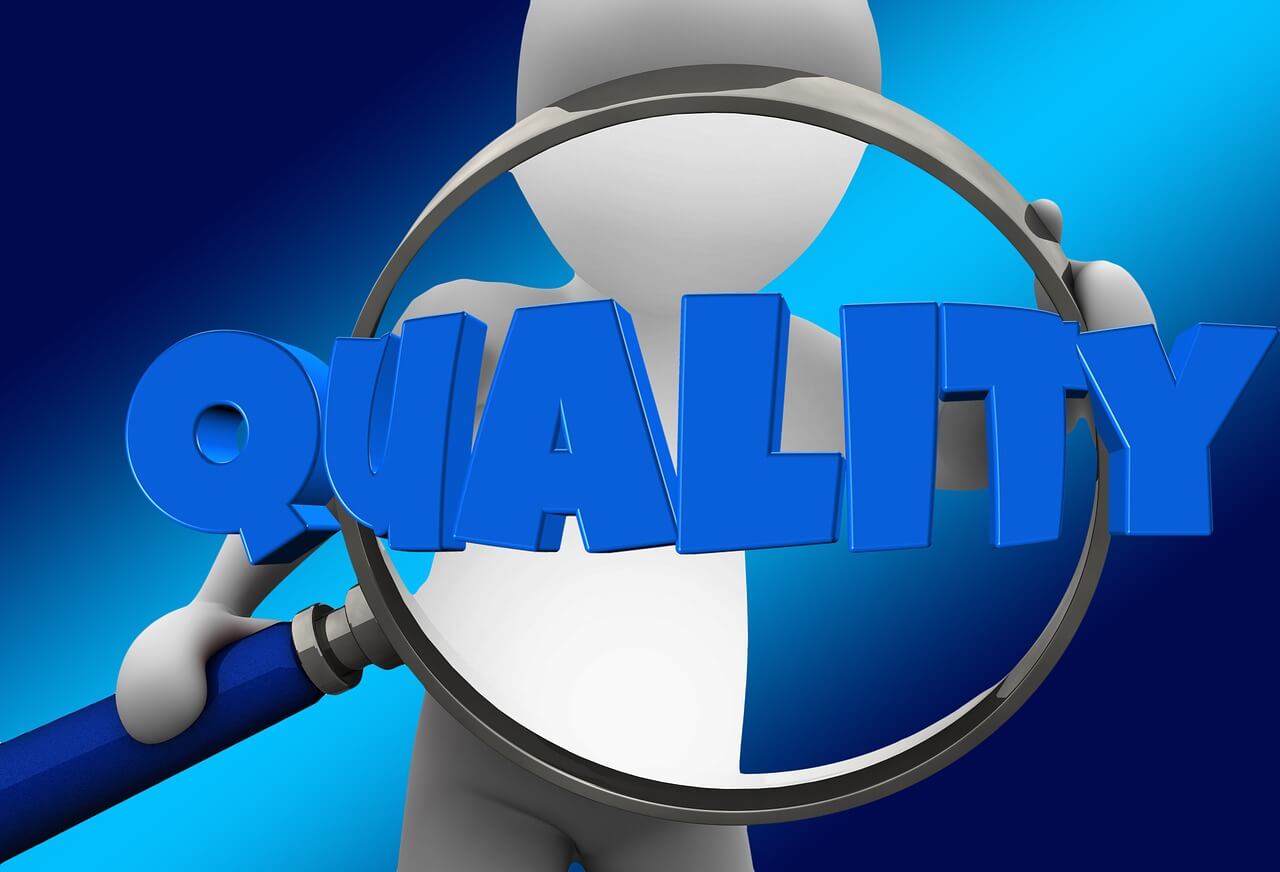Wire Rope Inspection Tips
13 October, 2017
Wire rope has been designed and manufactured to be a long-lasting, sturdy piece of equipment. It is crafted in such a way so as to be highly resistant to many factors which could cause harm, such as abrasion or corrosion. However, as with any piece of equipment, natural wear and tear will of course happen over time. While some circumstances can be avoidable, the simple fact is if you are using your equipment, it will slowly degrade! This is why it is crucial that you regularly inspect your wire rope. Take a look at these inspection tips below.
Why you must inspect your equipment
There are three primary reasons as to why you must inspect your equipment. The first is down to safety. It’s imperative that the safety of all those involved within a lifting operation are protected, and inspecting for any equipment damages is one of the easiest ways to do this.
Secondly, inspections can help prolong the life of your equipment. If you notice problems early on, you can be proactive, rather than reactive.
 It’s important to regularly inspect your equipment for quality
It’s important to regularly inspect your equipment for quality
Finally, it’s part of the law. The
Lifting Operations and Lifting Equipment Regulations 1998 (LOLER) and the
Provision and Use of Work Equipment Regulations 1998 (PUWER) state that all equipment must be inspected, and in a safe condition; fit for use.
What problems are you looking out for with wire rope?
There are a number of ways that your equipment can become damaged, and it’s important to remember that it can be both obviously visible externally, or perhaps less noticeable internally.
Here’s some of the things to look out for:
- Abrasion – occurs when your rope contacts an abrasive surface or medium, such as hard metal
- Corrosion – often happens internally first, and is caused by harmful chemicals or elements. Often signifies a lack of lubrication
- Wire breaks – external or internal wiring may break. It is both possible, and allowed, for the continued use of the equipment with a wire break, although this number is limited. We recommended contacting us immediately if you notice even one wire break
- Crushing – refers to the crushing or flattening of your rope
- Shock loading – this is when there is a sudden release of tension in the equipment. This unfortunately cannot be reversed, and the rope must be replaced
How to inspect your lifting gear
To inspect for these problems, follow these simple inspection tips:
- Conduct a visual inspection. Look for any damages, tears, stresses or evidence of corrosion.
- Be sure to check each strand carefully – remember that your equipment is made up of several strands
- You shouldn’t need to untangle or untwist your equipment, but should you suspect there may be an internal problem, it’s important that you get in contact with us
Never:
- Shorten or knot your wire rope
- Use it in extreme temperatures without first speaking to an expert
- Continue using any equipment which is clearly damaged
Need more inspection tips? Need us to take a look for you?
If you have noticed a problem with your rope, or want help inspecting it, please get in
contact with us here.
Image credit: geralt
 It’s important to regularly inspect your equipment for quality
Finally, it’s part of the law. The Lifting Operations and Lifting Equipment Regulations 1998 (LOLER) and the Provision and Use of Work Equipment Regulations 1998 (PUWER) state that all equipment must be inspected, and in a safe condition; fit for use.
It’s important to regularly inspect your equipment for quality
Finally, it’s part of the law. The Lifting Operations and Lifting Equipment Regulations 1998 (LOLER) and the Provision and Use of Work Equipment Regulations 1998 (PUWER) state that all equipment must be inspected, and in a safe condition; fit for use.